Here at Bambu Batu, our lives are literally filled with bamboo. It’s on our minds, it’s in our mouths, it’s in our gardens, and we wear it on our bodies. You might say our lives are imbued with it.
No doubt, we spend plenty of time talking about bamboo, writing about bamboo, and thinking about bamboo. So sometimes I even get meta about it. That’s when I started to think about what people think about bamboo. And that can get really interesting, because people have been using and thinking about bamboo for at least 10,000 years, making it about 10 times older than the Magna Carta and 5 times older than the Bible, just to give a little perspective.
NOTE: This article first appeared in December 2019, most recently updated in June 2024. The article was also republished in the magazine of the American Bamboo Society in 2020.
Bamboo Meanings and Allegories
Throughout Asia and beyond, people look to bamboo and admire it as kind of a miraculous plant. Since time immemorial they have used bamboo to build houses for shelter, to build weapons for hunting and defense, and to eat its tender shoots for sustenance. It’s no mystery why primitive people would assign bamboo a sacred status, and revere it as a bona fide gift from the gods.
Besides these life-giving properties, bamboo also contains a spiritual message that resonates deeply in the Far Eastern ethos. We’re all familiar with bamboo’s remarkable strength and hardness, qualities that inspire respect among both man and beast. But the real genius of bamboo lies in its pliability and resilience, its ability to flex and bend without breaking. More than a mere model of brute force, the one who knows when to give in and how to sway in the breeze is the one who will truly weather the storm and survive.
As important as it is to go with the flow, in the spirit of Taoist philosophy, bamboo goes beyond even that. Characteristically hollow, bamboo is emblematic of Buddhist enlightenment. When the initiate has learned to embrace emptiness, s/he becomes a vessel for the universal spirit. Once free from worldly attachments, s/he begins to find relief from suffering and to attain real wisdom. Such are the teachings of the Buddha.
Consider also the Zen koan, which states that “Emptiness is form, and form is emptiness.” A koan is a riddle meant to be contemplated, not solved, but one interpretation of this saying would suggest that objects and beings do not take shape according to what they contain, but rather from what they lack and from what surrounds them. The structure of bamboo embodies these mysteries almost to perfection.
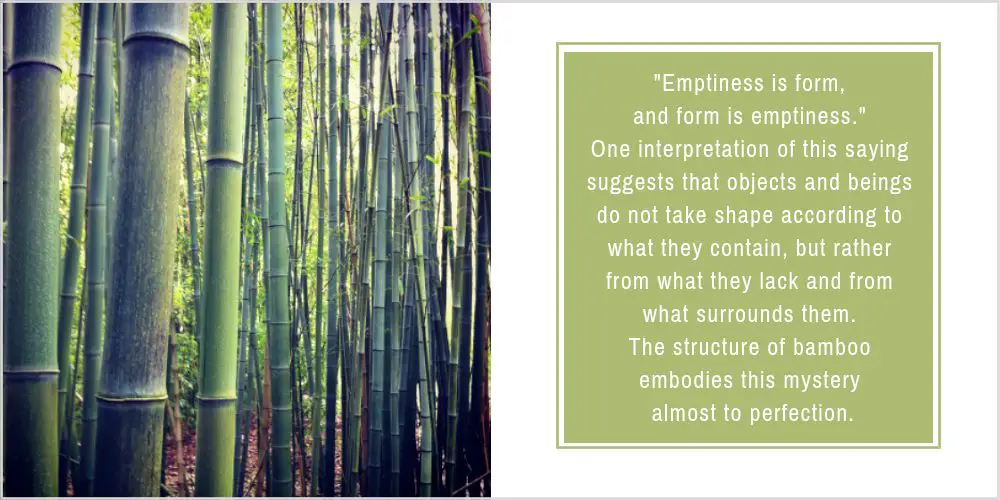
Bamboo Legends and Myths
Such a fast-growing and ubiquitous plant, it’s easy to see why sages of the East would associate bamboo with fertility, long life, and even immortality. Across Asia, there are legends, myths and folktales describing bamboo’s supernatural capacities. Here are just a few examples.
See our article on Bamboo Myths and Misnomers if you’re looking for the other kinds of myths.
BAMBOO FOLKLORE FROM CHINA
From The Twenty-four Filial Exemplars, a classic Confucian text from the Yuan Dynasty (13th century), there comes a story entitled “He Cried and the Bamboo Sprouted.” In this ancient folktale, a boy named Meng Zong lives alone with his mother, as his father died when he was quite young. When his mother comes down with a serious illness, the country doctor prescribes a hearty soup made with fresh bamboo shoots.
The boy looks everywhere, but because it is winter he can find no bamboo shoots. So he goes into the forest and weeps profusely. As his tears sink into the soil, new bamboo shoots begin sprouting from the earth. Quickly, the boy gathers a basket of shoots, takes them back to his mother, and prepares a pot of soup. On the verge of death, she drinks the soup, and slowly she recovers until her health is fully restored.
BAMBOO MYTHS FROM THE PHILIPPINES
A fantastic creation myth from the Philippines, entitled “Malakas and Maganda” (The Strong One and the Beautiful One), tells a story of the first man and woman being born from a stalk of bamboo. This etiological legend describes a time before time, in which there was nothing but the sky, the sea, and a single bird.
The bird, lonely and exhausted from always flying, goes looking for a place to rest. Eventually, it stirs up a commotion and causes the sky to rain down islands into the sea, and at last, the bird has a place to build a nest. Still alone, but relieved to have a nest and a resting place, the unlucky bird is one day struck by a falling bamboo pole.
When the bird retaliates by pecking at the fallen bamboo, the hollow pole splits open, and out comes a man (the Strong) and a woman (the Beautiful). Naturally, these two decide to get married and produce a great number of children, but with time the parents grew weary of their children and chased them off.
Some children hid in different rooms of the house and later became chiefs of the islands. Other children hid in the walls of the house and became slaves, while others escaped to the forest and became free. Some hid in the fireplace and acquired dark skin, while others fled to the sea and returned some centuries later with white skin. This explains the arrival of the Spanish conquistadors in the 16th century.
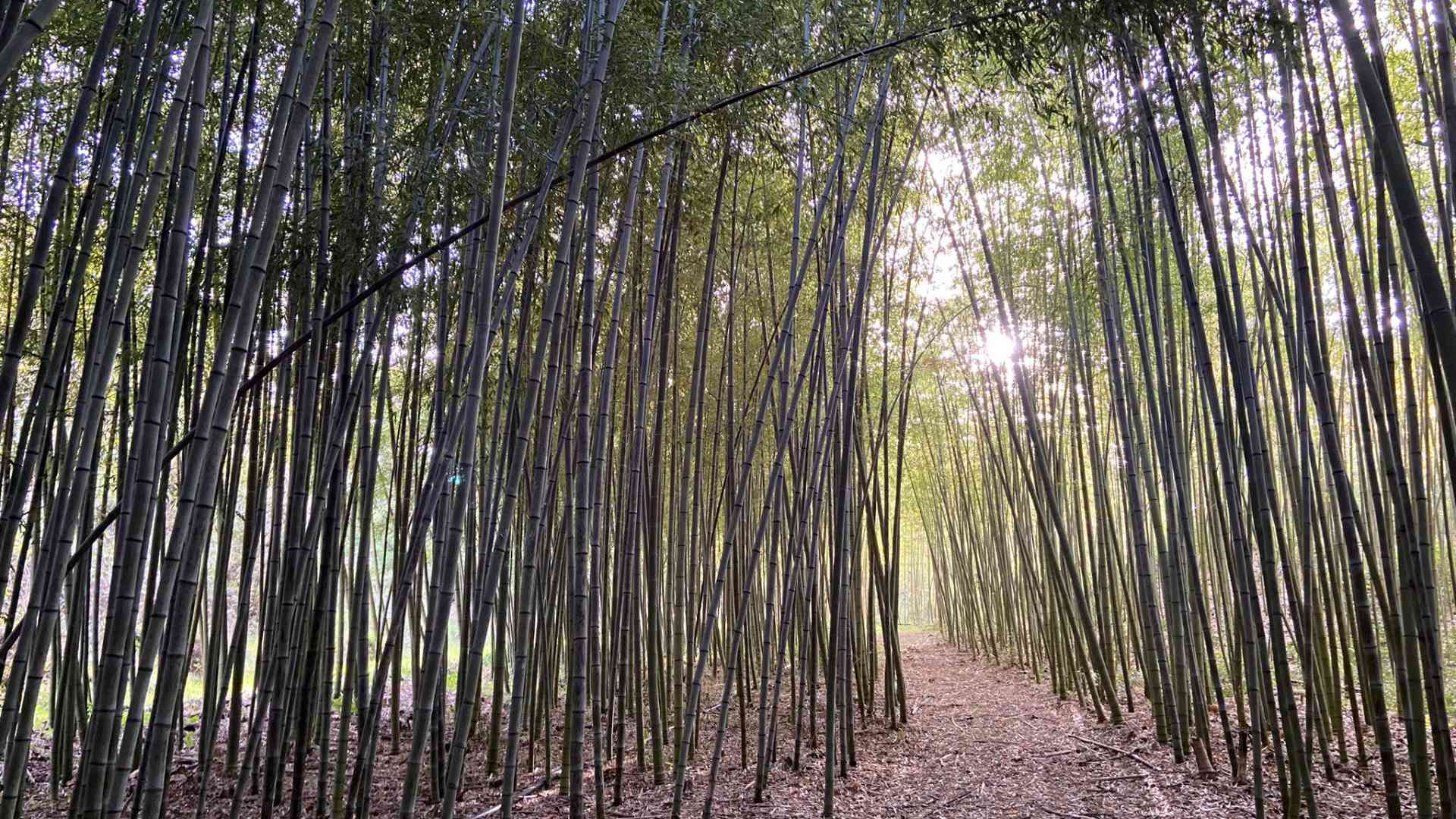
BAMBOO FABLES FROM VIETNAM
The Hundred-Knot Bamboo Tree is a popular fable from Vietnamese folklore. It’s the story of a wealthy and devious landowner with a very beautiful daughter and a hopeful young man who works for the landowner and longs to marry the daughter.
Learning of the young man’s ambitions, the landowner offers his daughter’s hand in marriage if the innocent bachelor will agree to stay and work as a servant for another three solid years. Naively, the man agrees, but meanwhile, the father makes other plans to marry his daughter off to the son of a wealthy village chief.
When the young man discovers the dishonest plot, he confronts the landowner. The wicked man then tells his servant he can still marry the daughter if he can go into the forest and find a bamboo tree with a hundred knots. Try as he may, this turns out to be an impossible task, another dishonest trick. But the young man meets a wise sage in the forest who shows him an even better trick, with which he can take a hundred pieces of bamboo and make them magically stick together like a single piece with a hundred knots.
The young man returns and finds the landowner and the chieftain celebrating, as the wedding of their daughter and son is already underway. When the servant presents the hundred pieces of bamboo, the members of the wedding party all have a good laugh at his expense. But then he magically commands the bamboo to stick together, which it does, along with the landowner, the chieftain and his son. In exchange for setting them unstuck, the young man is finally awarded the lovely daughter. Thus the two marry promptly and live happily ever after.
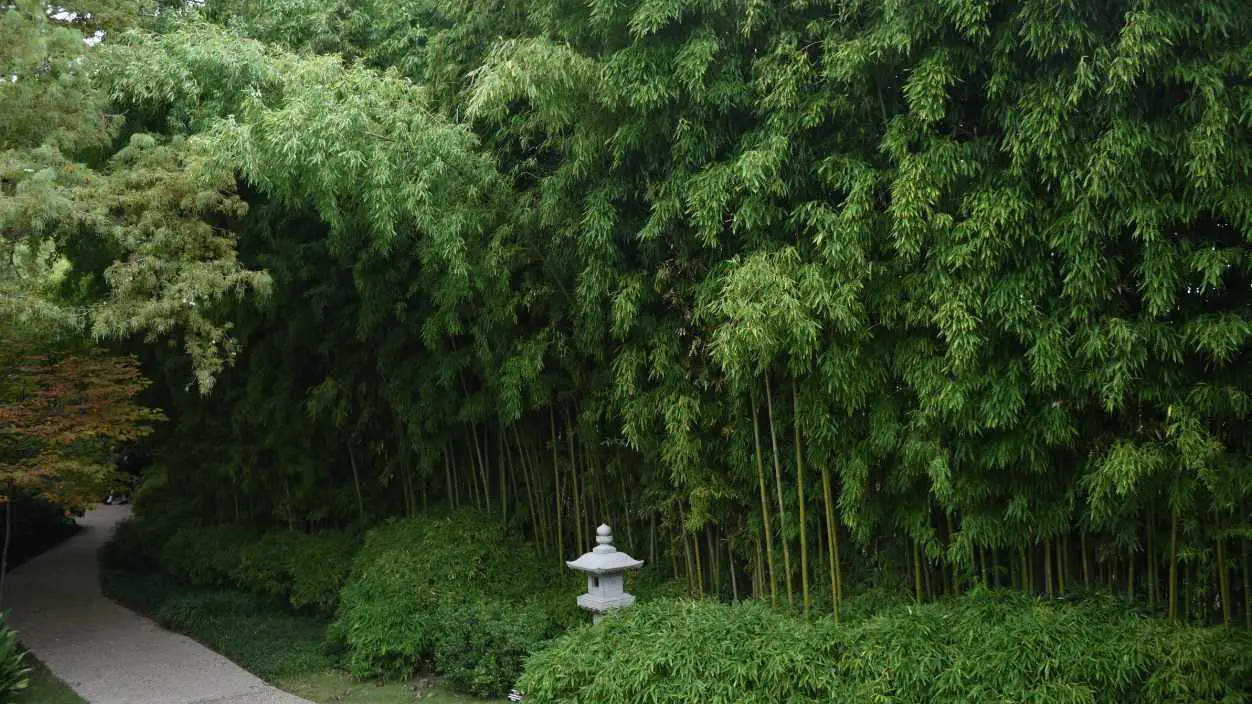
BAMBOO IN JAPANESE FOLKLORE
One of the oldest examples of Japanese folklore, The Tale of the Bamboo Cutter dates back to the 10th century. In this intriguing story, a beautiful princess named Kaguya is discovered as a baby living inside a glowing bamboo stalk. A childless woodcutter discovers the mysterious phenomenon in the forest one day, and he decides to bring the infant home to his wife. They decide to feed and look after and essentially adopt this young girl.
Soon after this, the man discovers that each time he cuts down a stalk of bamboo, he finds a nugget of gold hidden within. Quickly he and his wife grow rich, and also the news of the girl and her unmatched beauty spreads across the kingdom.
Many suitors come proposing marriage, but the man and his wife turn down every request. To discourage more proposals, they assign impossible tasks to the hopeful suitors, and so every effort fails. Even the Emperor, learning of this exquisitely beautiful princess, comes and asks to marry her. But she rejects him, telling him it cannot be done because she is not of this kingdom.
Over a series of mystical events, it is revealed that the princess Kaguya actually came from the moon, and to the moon she must return. The Emperor, entirely smitten with the otherworldly princess, does everything he can to prevent her departure. But ultimately, she is transported back to the moon on a beam of light.
Before leaving, she granted the Emperor a vial of the Elixir of Eternal Life, but he refused to drink it if he would have to spend eternity without her. After she’d left, the elixir was sent to the top of Mount Fuji to be burned. This explained the trail of smoke rising from the top of the mountain, back in the times when Fuji was more volcanically active.
(Also, be sure to read about The Bamboo that survived Hiroshima.)
BAMBOO IN ANDAMANESE MYTHOLOGY
A small archipelago in the Bay of Bengal between India and Myanmar, the Andaman Islands actually have quite a rich tradition of mythology. According to one story, the first man was born from a bamboo cane.
Jutpu, they say, emerged from inside the joint of a large bamboo stalk, like a bird hatching from an egg. When the bamboo split open, the little boy stepped out. For shelter from the rain, he built a small shack from bamboo. He also used bamboo to make little bows and arrows for hunting.
As he grew older, Jutpu realized that he was lonely, living all by himself with no other humans. So he went to a hill of white ants, gathered some clay (kot), and formed it into the shape of a woman. The woman came to life and became his wife. She was called Kot.
The two lived together, and Jutpu continued to make more people from clay. This was the first race of ancestral people, and Jutpu taught the men how to make canoes and how to hunt and fish. Meanwhile, Kot taught the women how to weave with natural fibers and work with clay.
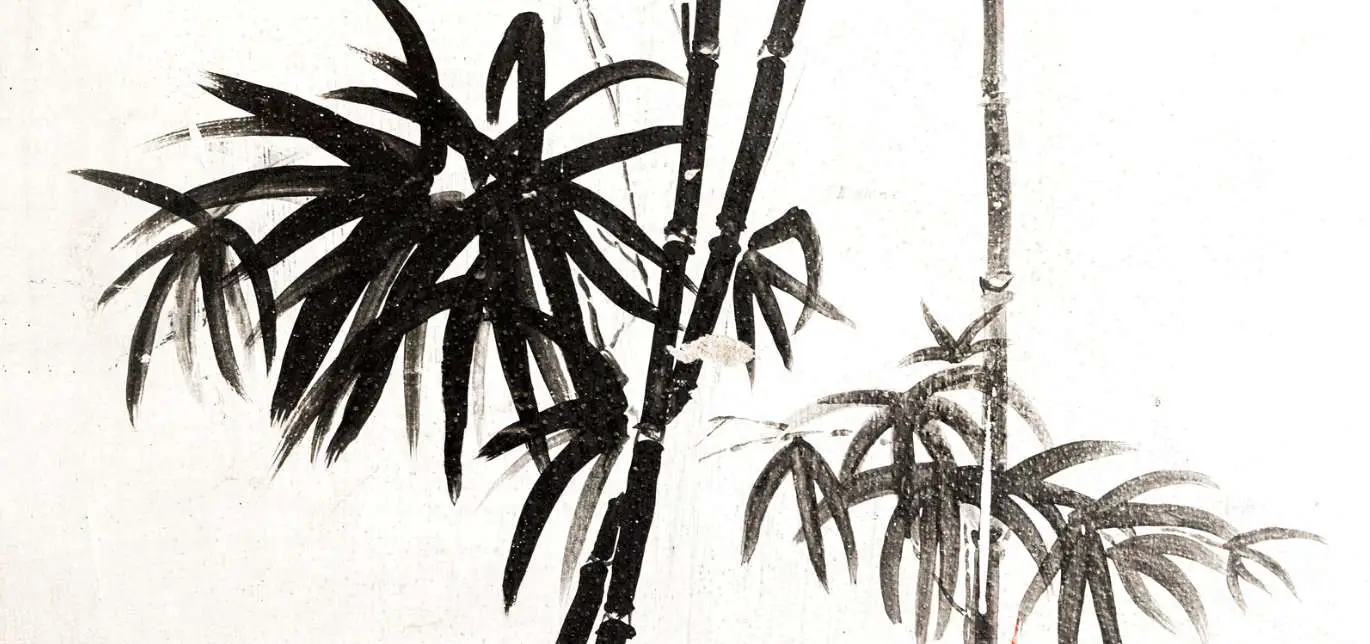
BAMBOO IN MALAYSIAN FOLKLORE
There’s a popular story from Malaysia in which bamboo features prominently. In this legend, a young man falls asleep under a flourishing grove of bamboo. While he sleeps, he dreams of a beautiful woman. When he wakes, he feels compelled to break off a stem of bamboo. As he cracks it open, he discovers the woman hiding inside. Of course, the two live happily ever after.
BAMBOO LEGENDS OF HAWAII & POLYNESIA
Hawaiian mythology speaks of a family of gods living inside of Kilauea, an active volcano located on the big island. These are the children of Haumea, the goddess of childbirth and fertility, and her husband Moemoe. Among the several siblings, Pele is the most well-known as the goddess of the volcanos.
According to one popular story, Pele and her siblings migrate or are expelled from their distant homeland. Some versions say that Pele makes love to her sister’s husband, and then the older sister chases her away in an oceanic fury. Crossing the open seas, they go in search of a new home, where they will dig into the ground and make a hole or pit to contain their powerful fire and smoke.
As they flee, some of the brothers and sisters separate. The youngest brother, Kāne Milohai, gets left behind. But because Pele goes back to rescue the little one, her older sister Na-maka-o-kaha‘i is able to catch up with Pele. At this point, the big sister, an ocean goddess, exacts her revenge and tears Pele into pieces.
Pele’s body is scattered into the seas, but her spirit continues on and settles safely in the great crater of the volcano, along with most of her family. And although she fails to rescue young Kāne Milohai, he takes root on one of the other islands and begins growing in physical form as a shoot of bamboo. With time, the bamboo proliferates and covers the islands of Hawaii.

Another Polynesian legend associates bamboo with the creator god Kāne. Yes, it gets confusing, because Kāne Milohai and Kāne are two different deities. And even the experts have a hard time keeping their stories straight. This is partly because of the way that Polynesian folklore gradually migrated to Hawaii in bits and pieces.
But according to Polynesian mythology, in the beginning, there was nothing but chaos and endless darkness, called Po. Then Kāne emerged and felt himself to be something distinct from Po. As he formed himself from the chaos, two more gods followed his example, Lono and Kū.
Kāne slowly pulled himself away and then managed to create the light. Then the light grew more powerful and pushed away the darkness until they were two. Meanwhile, Lono created sound and Kū created substance.
Not to be outdone, Kāne picked up a piece of white clay, shaped it after his own image, and blew life into it. Thus did he create mankind. The word Kāne also means man, which adds even more confusion in the naming of the Hawaiian gods.
Of course, bamboo also grows in canes, and bamboo is considered to be the earthly incarnation of Kāne the deity. Bamboo separated darkness from light. And perhaps the hollow space inside the bamboo contains the air that blew life into the world.

BAMBOO MYTHS FROM INDIA
A myth from India tells the story of Rama’s wife, Sita, who had an extra finger on one hand. So she cut off one finger, buried it in the ground, and from it sprouted a bamboo plant. Then along came a pig who began chewing holes in the bamboo stalk. Through the holes, people found different grains inside each segment of the bamboo. And this, according to the legend, is how rice and the ancient, sacred grains of India were discovered: millet, sorghum, and amaranth.
We have one last story that has appeared in southeast Asia but seems to have come from India. In “The Raja of Bamboo“, we hear of a king who goes on a hunting expedition. After great success in shooting tigers, he dismounts from his elephant to take a rest. As he sits down, he notices an unusual stalk of bamboo with a great bulge in the middle. The king finds this oddly shaped bamboo somehow irresistible, and he asks his men to cut it down for him.
Bringing the bulging bamboo back to his palace, the king keeps it at his bedside. Week after week, he admires it and sees it growing larger. At last, on one lovely day, the bamboo stalk bursts open, and out comes the most handsome young boy anyone has ever seen. The king takes the child and raises him as his own. As he grows older, the king makes him a prince (Raja), and the “Raja of Bamboo” is destined someday to rule the kingdom.
The story of the Raja’s wife is equally fantastic. One day the king’s consort is out sunbathing by the river when she sees the waters quickly rising. She looks upstream and sees what looks like a great white mountain coming down the river. In fact, it is a great mass of seafoam.
Reaching out to touch the mysterious foam, the queen takes hold of a small girl. She carries the child back to the palace, and like the king with the Raja of Bamboo, the queen adopts the Princess of the Foam. Not surprisingly, the supernatural children grow up and fall in love.
It seems these two were made for each other. And yet, this couple does not live happily ever after. Perhaps a healthy relationship requires a little more humility and a little less parthenogenesis.
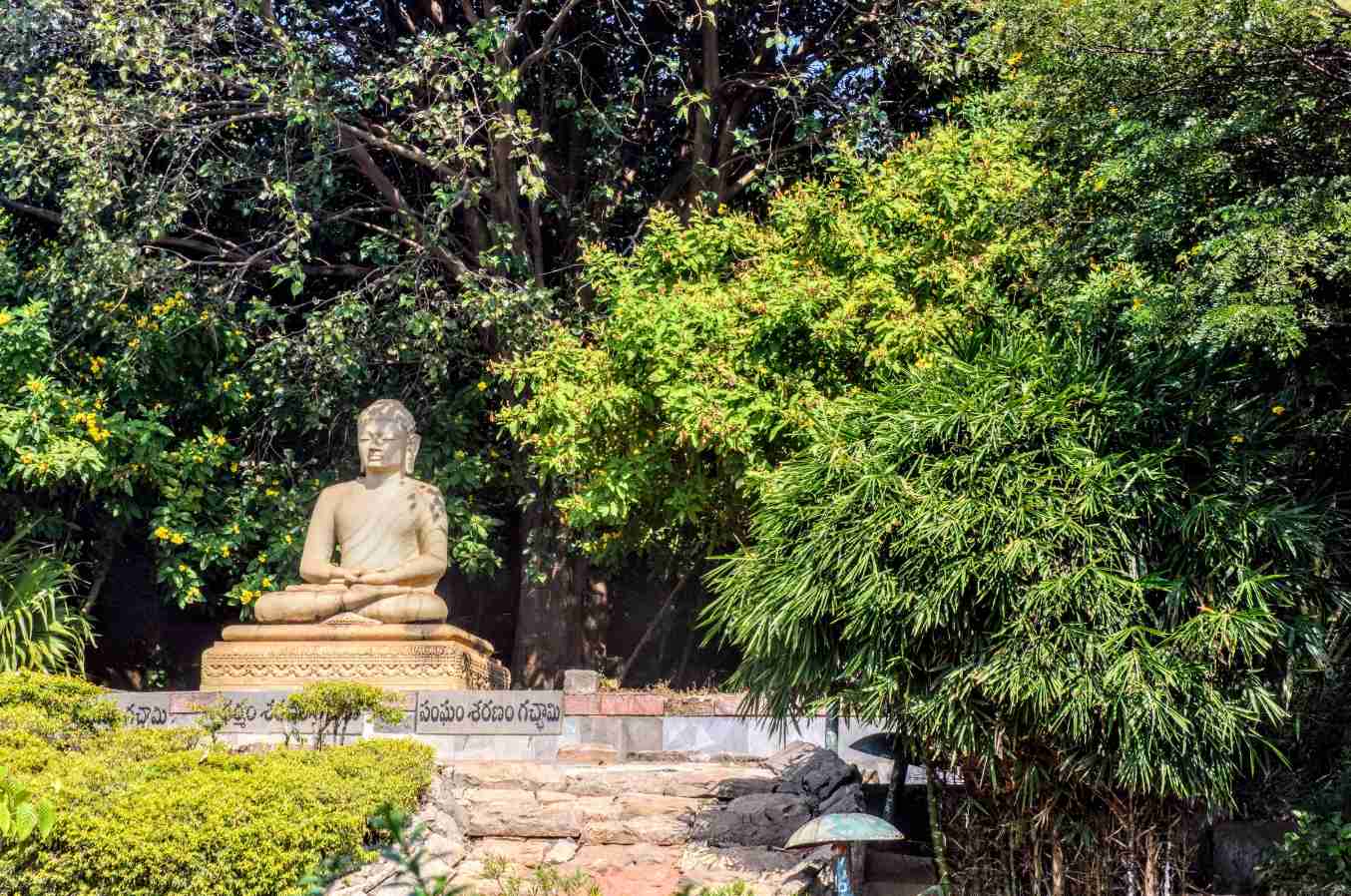
BAMBOO IN AFRICAN FOLKLORE
Nowhere else in the world does bamboo play such an important part as it does in Asia. But bamboo does grow prolifically in the West African country of Ghana. And the people of Ghana have been using bamboo for many centuries. No surprise then that we find a bamboo episode in their mythology.
The most popular character in West African legend is Anansi the Spider, a trickster character who is always making mischief. Like most tricksters, Anansi defeats his enemies not with force or violence, but with wily craft and cunning wit.
One of Anansi’s rivals in the forest is the snake. Always a symbol of treachery, the snake is powerful and dangerous, a force to be reckoned with. The spider has no chance of overpowering the snake who is mighty and strong. As usual, Anansi the spider will have to outwit him.
So the spider approaches the snake with humility and confesses that he is no match for the serpent. Seeming to admire the snake’s great length, spider invites the him to stretch itself beside a bamboo pole so they can measure him in all his reptilian glory, and prove that he is indeed the longest animal in the forest.
Flattered, the snake agrees. But when he crawls over to the bamboo and stretches out, the spider quickly and stealthily begins tying him to the pole. Before the snake realizes what’s happening, he finds himself thoroughly ensnared. Another victory for the bamboo.
NOTE: Many legends and folk stories of West Africa were carried over to the Caribbean during the times of the slave trade. So you will also find Anansi appearing frequently in Jamaica and elsewhere in the islands.
Conclusions
Bamboo obviously plays an incredibly important role in Asian thought and culture. The way bamboo appears in so many legends and creation myths tells us how vital the plant is to their way of life. In fact, it seems that most Asian cultures cannot imagine a world without it.
Whether it is the source of human life or a secret repository for divine power, bamboo does seem to possess some magical properties. We can eat it, we can build with it, we can write on it. We can even make clothing from it. So let’s all take a moment, once in a while, to stop and give thanks for the mighty bamboo plant. A gift from the heavens.
Do you know of a good bamboo legend that we overlooked? Please let us know in the comments section.
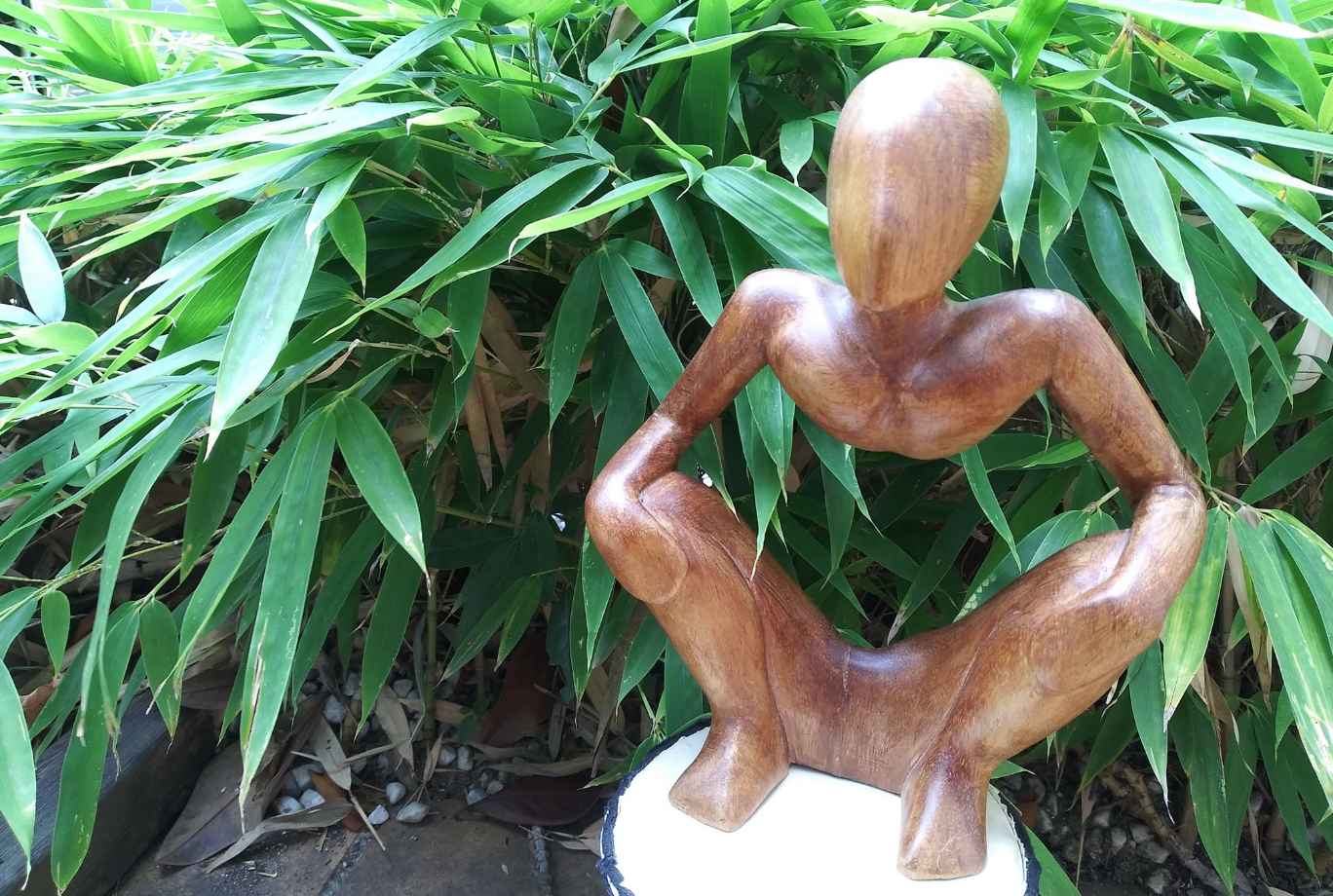
Further reading
If you’re into symbolism and mythology, check out more of our articles on Eastern philosophy.
- The Ten Thousand Things of Taoism
- Meanings in the Mandala: Roadmap of the Mind
- Om is where the Heart is: Meditations on the One
- The Symbolism of the Indian Ganesh
- The Magician and the Prince
- Bamboo Wisdom and Transcendence
For more fun facts about bamboo, check out some of our most popular articles.
- What’s so great about bamboo?
- 10 Best bamboo varieties for your garden
- 20 Best bamboo gardens of the world
- Bamboo shoots: delicious and nutritious
- Bamboo Q & A: Ask the experts
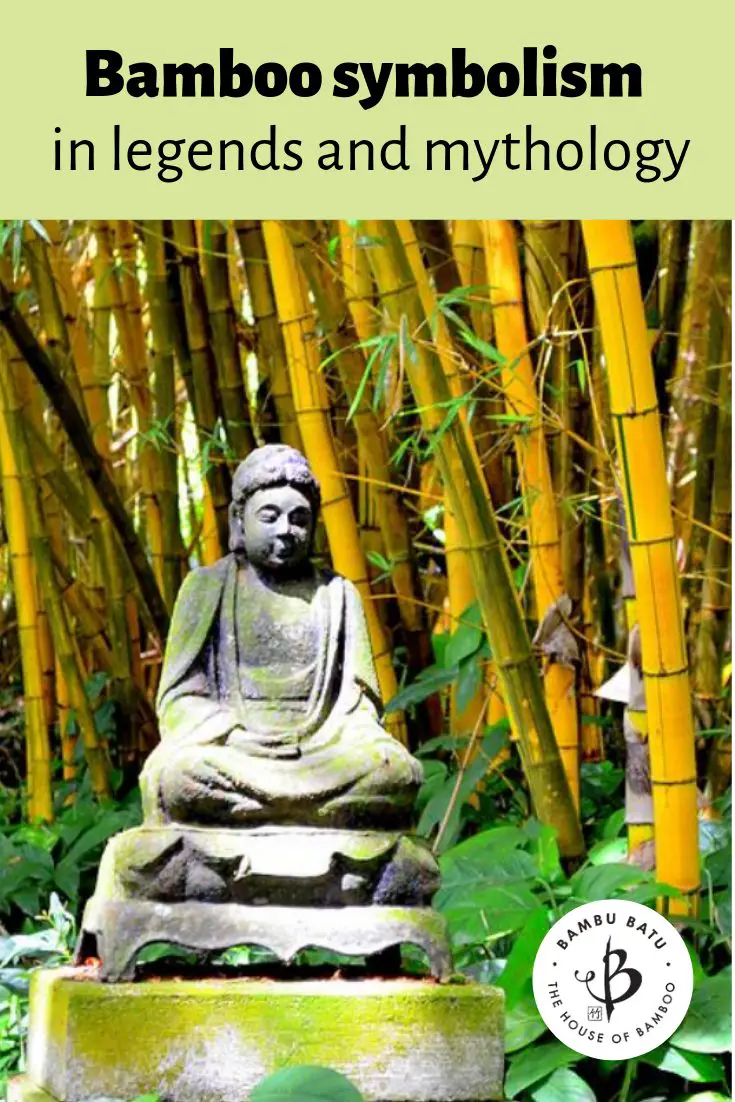


























Very interesting article. Very much enjoyed reading this.
Great – thank you!
AWESOME enjoyed reading this very much
Thank you! So glad you liked it!